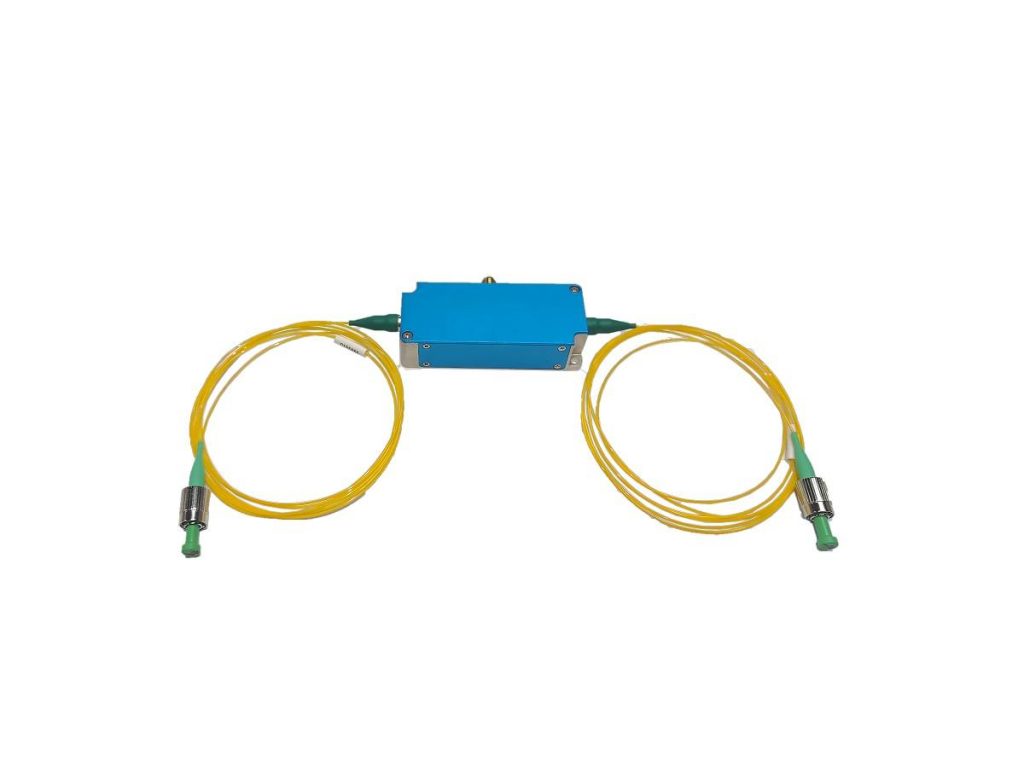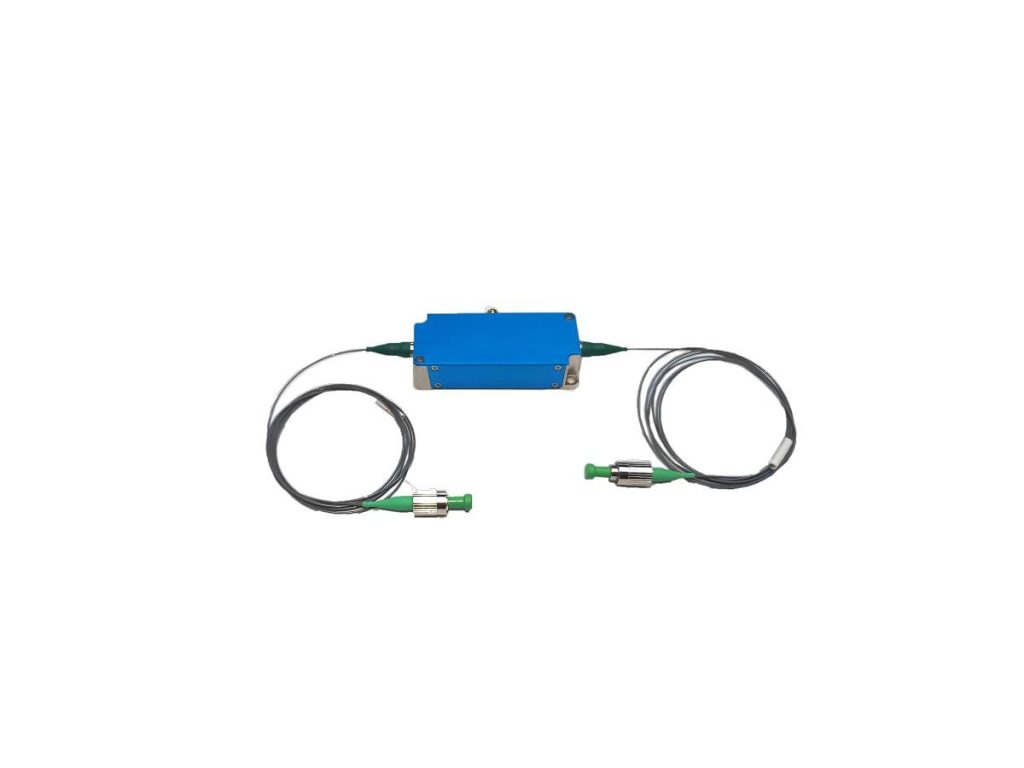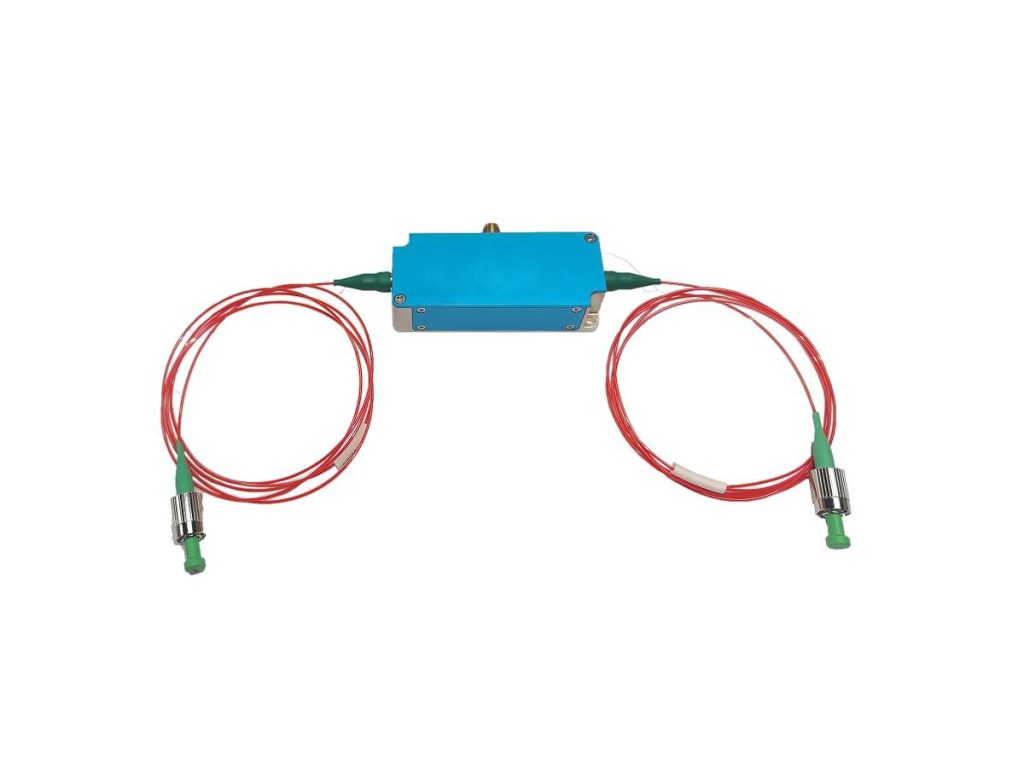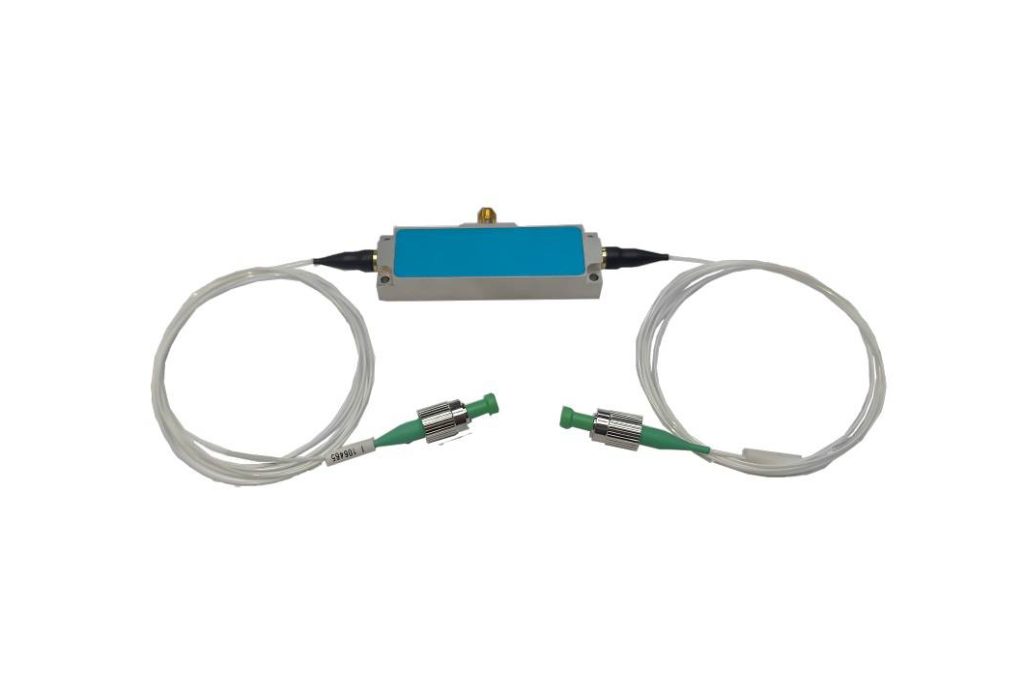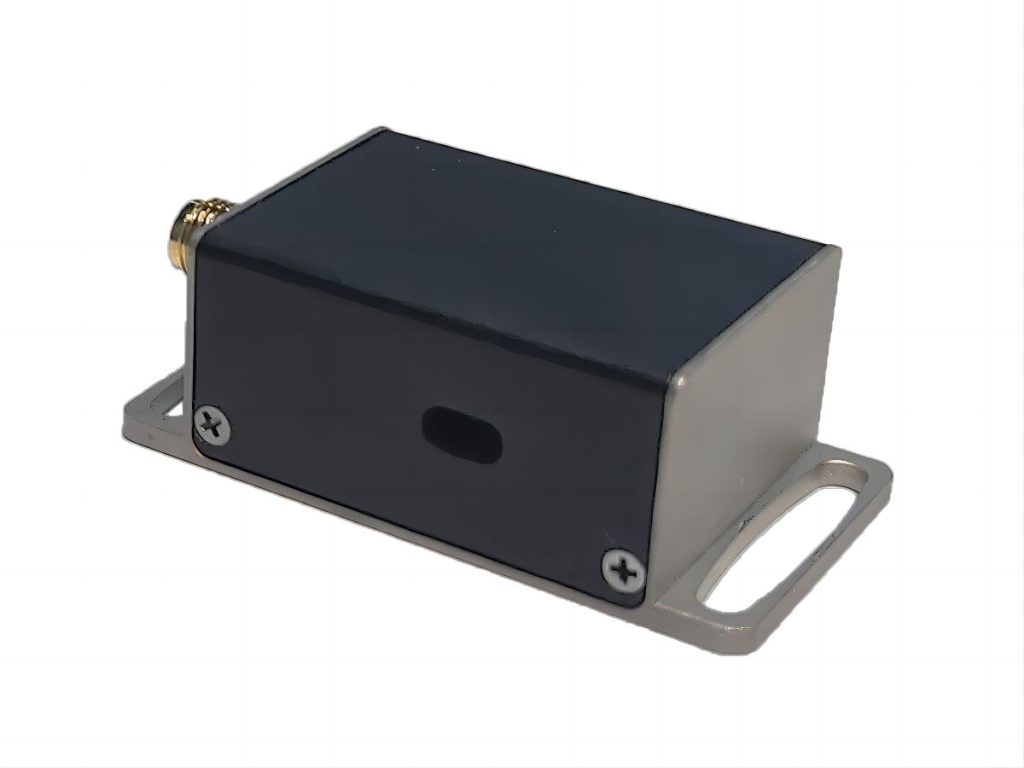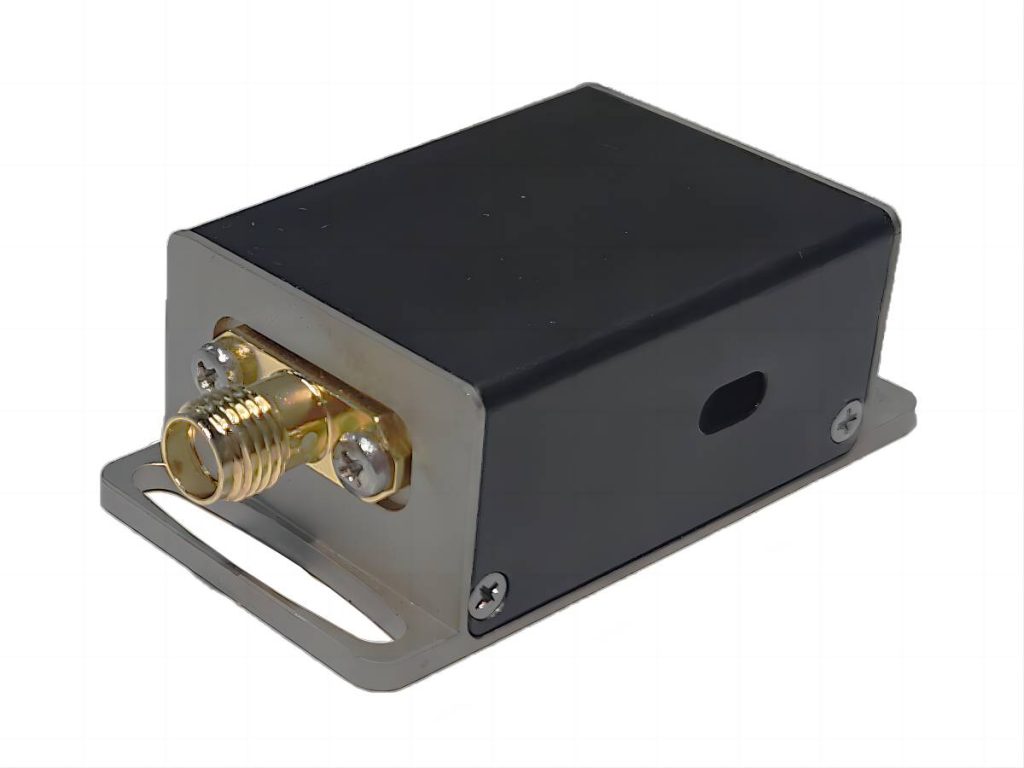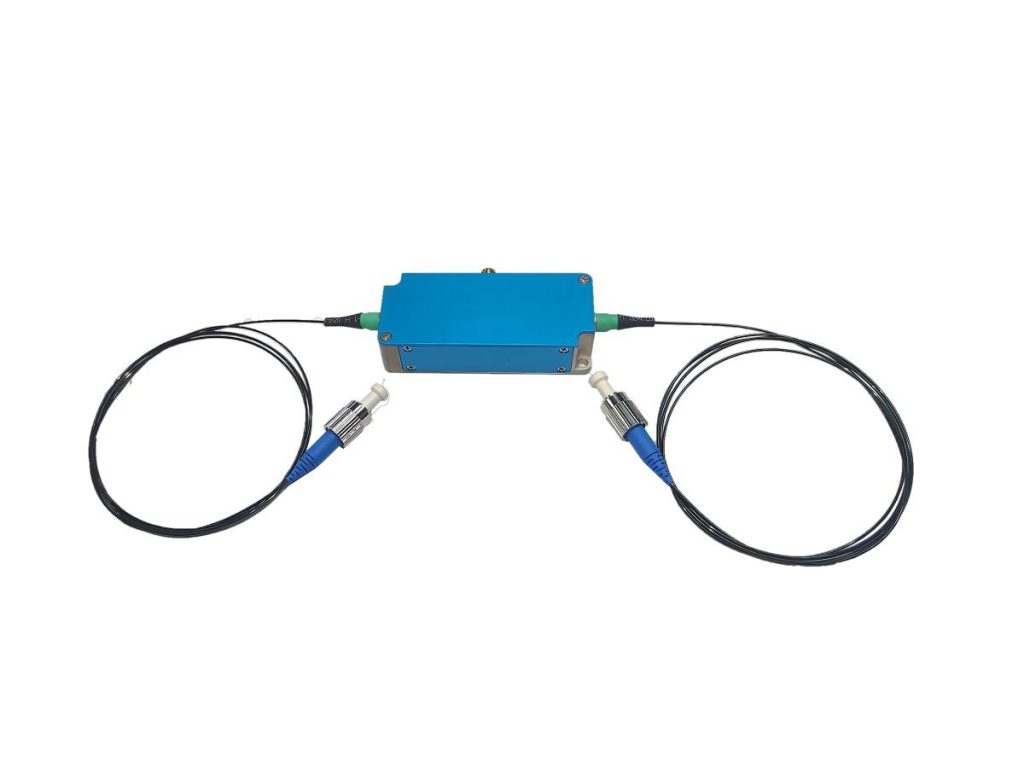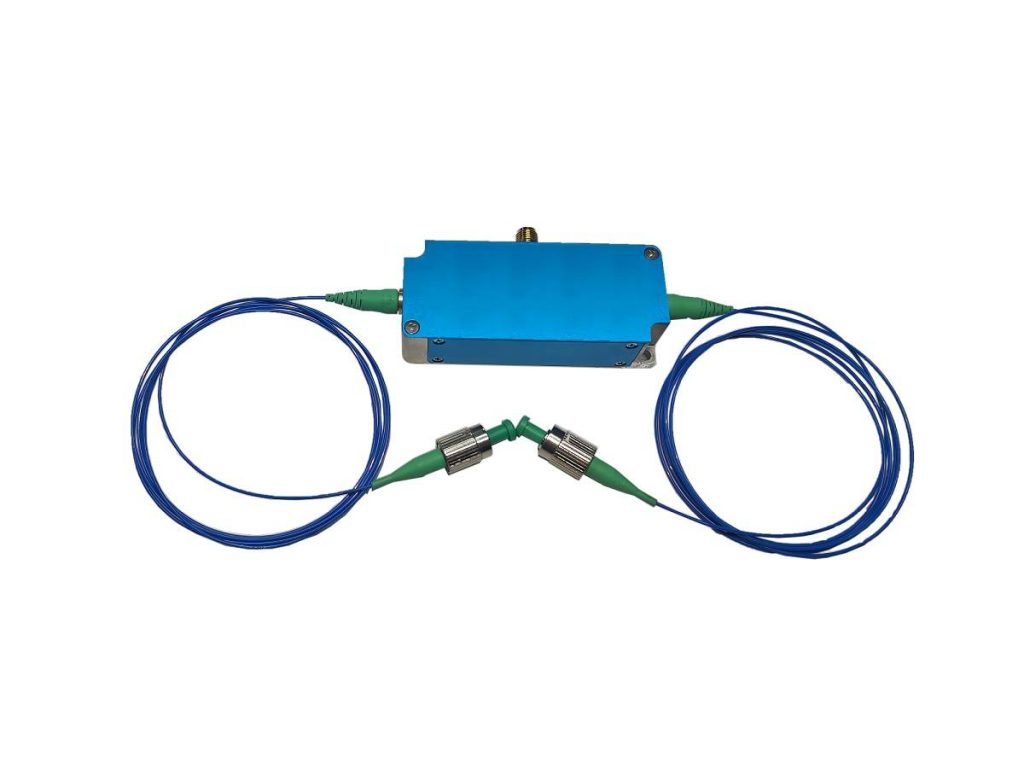Acousto-Optic Modulator: Best Practices for Ensuring the Stability
In the realm of modern optoelectronics, the acousto-optic modulator (AOM) stands as a pivotal component, finding its indispensable use across various fields such as optical communication, laser radar, and fiber sensing. The stability of performance of AOMs is directly linked to the overall reliability and fidelity of the systems they are integrated into. Therefore, conducting a meticulous and exhaustive assessment of the performance stability of AOMs holds paramount importance.
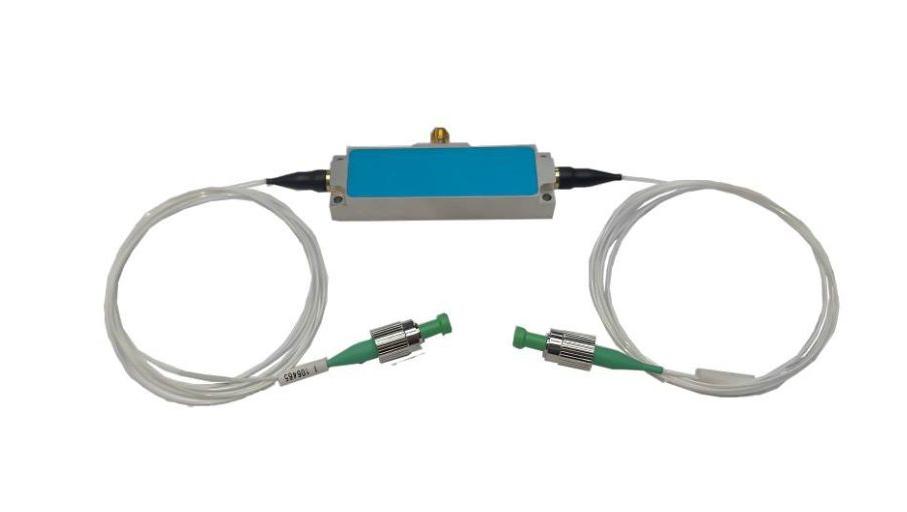
Definition and Significance of Performance Stability
The term “performance stability” refers to how well an AOM maintains its operational parameters under prolonged use and varying environmental conditions. This encompasses factors such as temperature fluctuations, humidity levels, and mechanical vibrations. AOMs must be able to withstand these changes without compromising their performance, which is crucial for the continuous and reliable function of the entire system.
Key Parameters of Performance Stability
- Modulation Speed: This parameter indicates the maximum frequency at which an AOM can switch light on or off. A higher modulation speed is essential for high-speed optical communication applications.
- Optical Power Handling Capacity: This is the maximum amount of optical power that an AOM can process without sustaining damage. This capability is critical for its application in high-power laser systems.
- Wavelength Selectivity: An AOM’s ability to modulate different wavelengths of light efficiently is crucial, particularly in multichannel optical communication systems where multiple wavelengths may need to be processed simultaneously.
- Insertion Loss and Extinction Ratio: Insertion loss measures the amount of optical power lost after passing through the AOM, while the extinction ratio measures the contrast between the maximum and minimum light intensities during modulation. Both are indicative of the AOM’s efficiency and effectiveness.
- Stability Against Environmental Factors: This includes the AOM’s ability to maintain performance under various environmental stresses such as temperature fluctuations, humidity changes, and mechanical vibrations.
- Long-term Reliability Testing: Subjecting AOMs to extended periods of operation under conditions similar to real-world use can predict their long-term reliability.
Methods of Performance Stability Assessment
- .Laboratory Testing: In a controlled laboratory environment, AOMs can be tested under various conditions to simulate actual operating scenarios and assess their performance.
- Accelerated Life Testing: By subjecting AOMs to harsher conditions than those they would typically encounter, such as higher temperatures or pressures, it is possible to accelerate their aging process and estimate their expected lifespan and reliability.
- Environmental Stress Screening: This involves testing AOMs under extreme environmental conditions to identify any potential weaknesses or failures that might occur in adverse conditions.
- Numerical Simulation and Modeling: Using computer software to model the behavior of AOMs under different conditions can provide theoretical insights that guide experimental design.
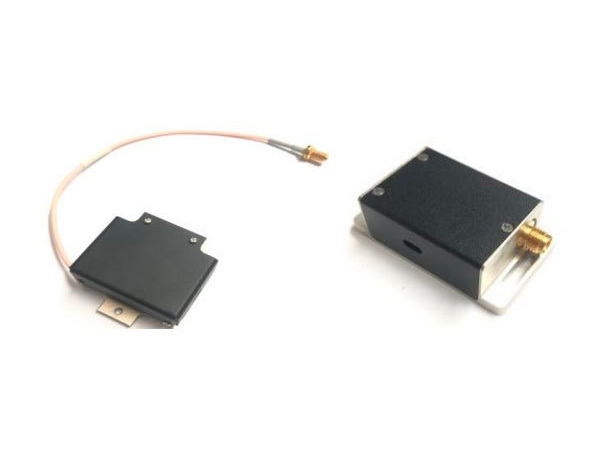
Influencing Factors of Performance Stability
- Manufacturing Process Control: Strict control over the manufacturing process can ensure consistent quality and performance of AOMs.
- Material Quality: High-purity, high-quality materials used in the construction of AOMs will have a direct impact on their overall stability and performance.
- Environmental Factors: External environmental factors such as temperature, humidity, and pressure can all affect the performance of an AOM.
- Mechanical Stress Resistance: Mechanical shock and vibration during transportation and handling can also degrade the performance of AOMs.
How to Improve the Performance Stability of AOMs?
- Optimized Design: Improving the structural design of AOMs, such as using materials with better thermal expansion coefficient matching, can reduce the impact of environmental changes on their performance.
- Tight Control Over Production Processes: Ensuring that every step of the production process meets the highest standards is crucial for producing AOMs with consistently good performance.
- .High-Quality Material Selection: Using only the finest quality materials in the construction of AOMs can significantly enhance their overall stability and longevity.
- Rigorous Testing Regime: Subjecting AOMs to a comprehensive battery of tests, including environmental stress screening and long-term reliability testing, can help ensure that they meet the required specifications.
- Continuous Research and Development Investment: With ongoing advancements in technology, the requirements for AOM performance are constantly increasing. Therefore, continued investment in research and development is necessary to stay at the forefront of innovation and meet these ever-increasing demands.
- User Training and Technical Support: Providing detailed user manuals and training, as well as offering prompt and effective technical support, can help ensure that AOMs are used correctly and maintained adequately, further extending their useful life and maintaining their high level of performance.

Conclusion
In conclusion, the performance stability of AOMs is of utmost importance to their successful deployment in a wide array of applications. Through a thorough assessment of their performance stability, coupled with cutting-edge manufacturing techniques, superior material quality, and unwavering commitment to research and development, we can significantly enhance the performance stability of AOMs. As the field of optoelectronics continues to evolve, we can expect that AOMs will play an even more crucial role in areas like optical communication, sensing, and laser processing, thanks to their unparalleled capabilities and ongoing efforts to improve them.

